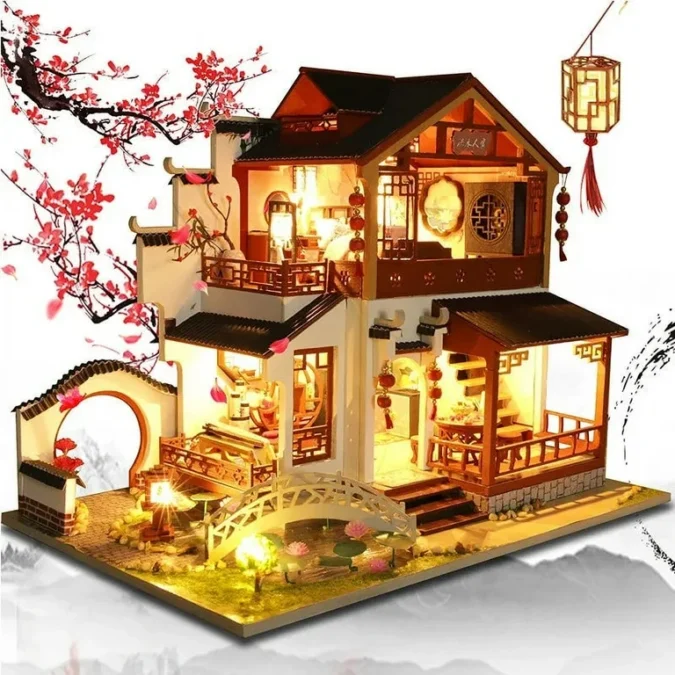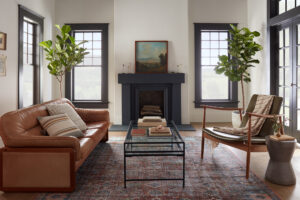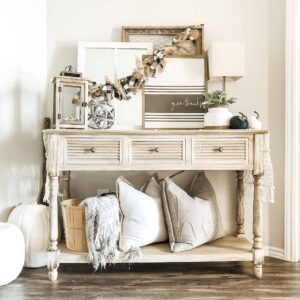The Fascinating World of Doll Houses: History, Craftsmanship, and Modern Appeal

When Emily’s grandmother handed her an old, intricately designed wooden box, she had no idea it was a family heirloom. The box unfolded into a miniature, multistory house with tiny furniture, delicate curtains, and even a tiny tea set placed perfectly on a small dining table. As Emily’s grandmother shared stories about how the dollhouse had been passed down for generations, she realized she was holding much more than a toy—a work of art, a symbol of family history, and a reflection of the craftsmanship that had endured through the decades.
The world of doll houses is more than just a child’s pastime—it’s an art form, a historical marker, and a cherished family tradition for many. Over centuries, dollhouses have evolved from exclusive luxuries of the elite to widely beloved collectibles and playthings. In this article, we will explore the rich history of dollhouses, the craftsmanship that goes into their creation, their role in modern society, and the statistics that show their continued appeal.
The History of Doll Houses: From Royal Toys to Playroom Favorites
Doll houses have a history that dates back centuries, with origins tied to wealth and status rather than children’s play. According to The Miniature World of Toys, the earliest known dollhouse, dating back to the late 16th century, was created in Germany and referred to as a “baby house.” These miniature homes were not toys for children but were designed for wealthy adults to showcase their lifestyle and wealth. Each room in a dollhouse was painstakingly detailed, often replicating the owner’s natural home, complete with miniature art, furniture, and personal effects. At the time, only the wealthiest families could afford such items, and they were often used to teach daughters how to manage a household.
During the 17th and 18th centuries, dollhouses gained popularity in European aristocracy, particularly in the Netherlands, England, and Germany. The craftsmanship required to create these miniature homes was extraordinary, with each piece of furniture and decor item handcrafted by skilled artisans. The level of detail in these early dollhouses was astounding:
- Tiny chairs were upholstered with natural fabrics.
- Chandeliers were made of glass.
- Hand-painted china adorned the dining tables.
It was in the 19th century that dollhouses evolved into playthings for children. As manufacturing processes advanced, companies like Germany’s Märklin and Britain’s Tri-ang began mass-producing dollhouses. By the early 20th century, dollhouses had shifted from being exclusive to the elite to being a staple of childhood play, particularly for girls. The affordability and availability of mass-produced dollhouses brought them into homes worldwide, and they became familiar toys in middle-class households.
Craftsmanship: Miniature Art and Engineering
While mass production brought dollhouses to the mainstream, there is still an entire subculture dedicated to the art of building custom, one-of-a-kind miniature homes. Crafting a dollhouse is a labor of love for hobbyists, collectors, and artisans, requiring immense attention to detail and creativity. Building a custom dollhouse can take months or even years, as each tiny room, piece of furniture, and accessory is designed to create a miniature world.
The art of making dollhouses has inspired some creators to push the boundaries of craftsmanship. Dollhouse artisans often specialize in specific materials, such as wood, metal, or fabric, and many employ traditional methods used by full-size furniture makers. According to the Dollhouse Collectors Guild, the demand for high-end dollhouse furniture and accessories has created a niche market where individual pieces can sell for thousands of dollars. For example, a hand-carved mahogany dining table or a miniature chandelier made of natural crystal can cost anywhere from $500 to $2,000, depending on the complexity and materials used.
One famous example of dollhouse craftsmanship is the Queen Mary’s Dollhouse, built in the 1920s for Queen Mary, wife of King George V of the United Kingdom. This 1:12-scale dollhouse is a masterpiece with working electricity and running water. The dollhouse also includes miniature versions of famous artwork, books, and a wine cellar stocked with natural wine. It is now displayed at Windsor Castle and remains one of the world’s most famous and well-preserved dollhouses.
Modern collectors often commission custom-built dollhouses from artisans who take pride in designing each tiny detail to the buyer’s specifications. Some collectors focus on historical accuracy, while others take creative liberties to design whimsical or fantasy-themed dollhouses. A dollhouse is a time-consuming process that requires patience, skill, and dedication regardless of the style, building, and furnishing.
Modern Dollhouses: A Blend of Tradition and Technology
Today, dollhouses remain popular but have evolved significantly from their aristocratic origins. Modern dollhouses range from basic plastic models for toddlers to elaborate, custom-made pieces of severe collectors. Significant brands like Melissa & Doug, KidKraft, and Barbie continue to dominate the toy market, offering affordable, durable dollhouses for children. According to data from Statista, the global toy market is valued at over $94 billion, with dollhouses and miniature playsets representing a significant portion of that total.
One of the most iconic modern dollhouses is the Barbie Dreamhouse, a staple in toy stores since its release in 1962. Over the years, the Barbie Dreamhouse has evolved to reflect changing times, incorporating technology such as lights, sounds, and even smart home features in its recent models. According to Mattel, over 10 million Barbie Dreamhouses have been sold worldwide, making it one of the most popular dollhouses ever.
In addition to traditional dollhouses, technology has begun to play a role in the evolution of miniatures. Some modern dollhouses now incorporate elements of smart home technology, allowing children and collectors to control lighting, sounds, and even heating systems via apps or remote controls. Virtual reality (VR) also opens up new possibilities for dollhouse enthusiasts, enabling creators to design and furnish digital dollhouses that can be explored in 3D.
Meanwhile, the rise of social media platforms like Instagram and Pinterest has given dollhouse collectors and creators a global stage to showcase their work. Hashtags like #DollhouseMiniatures and #MiniatureWorld have garnered thousands of posts where enthusiasts share their latest creations, swap ideas, and offer tutorials for fellow hobbyists.
Dollhouses as Educational Tools and Emotional Connectors
For children, dollhouses are more than just toys. They are tools for developing cognitive, social, and emotional skills. According to the National Association for the Education of Young Children (NAEYC), playing with dollhouses encourages imaginative play, language development, and problem-solving. Children use dollhouses to act out real-life scenarios, developing empathy and understanding of family dynamics, friendships, and social roles.
Psychologists also recognize the therapeutic value of dollhouses for children experiencing trauma or emotional challenges. Doll house therapy, or play therapy, allows children to express their feelings and work through difficult emotions in a safe, controlled environment. Children can project their fears, anxieties, or wishes by engaging with dollhouse figures, giving therapists valuable insights into their emotional states.
For adults, particularly collectors, doll houses can represent a link to the past. Many people who collect dollhouses began their fascination with them as children and continue the hobby to reconnect with their youth or as a form of creative expression. Doll houses have also become cherished family heirlooms, passed down from generation to generation, much like the one Emily’s grandmother gave her. This emotional connection and the craftsmanship make dollhouses an enduring part of many families’ histories.
The Future of Doll houses
The world of dollhouses continues to grow, appealing to both children and adults. According to IBISWorld, the U.S. toy and hobby industry is expected to grow 2.3% per year, driven partly by the popularity of niche markets like miniatures and collectibles. In a time when digital entertainment dominates, dollhouses remain a tangible, creative outlet for people of all ages.
With technological advances, we can expect to see dollhouses that incorporate even more intelligent features, allowing for interactive experiences and customization. Additionally, the demand for sustainable materials will likely influence future dollhouse production, with more eco-friendly options becoming available for conscious consumers.
Conclusion: A Timeless Treasure
For Emily, that old family dollhouse became more than a keepsake—it sparked an interest in miniatures that she would one day pass on to her children. Doll houses have evolved from elite status symbols to beloved playthings, educational tools, and artistic expressions. Whether simple or elaborate, store-bought or custom-made, dollhouses continue to fascinate and inspire, providing a window into miniature worlds that captivate our imagination.




